Ever imagine, “What is real leather?” and (if so) you are curious about its authenticity and quality. Real leather has a timeless appeal, making it a popular choice especially for furniture, leather handbags, clothing, footwear and sports equipment.
Understanding what is real leather helps you make smarter choices when buying these products. Therefore, this guide will explain the features, benefits, and reasons why real leather remains a top choice for many. Let’s dive into the fascinating world of real leather to learn more about its features and benefits.
What Is Real Leather Made Of?
Knowing Leather Types
There are two most known types of leather, each has their own unique characteristics and used to make different types of leather jackets.
Top Grain Leather
Top Grain Leather is the second highest grade of leather that takes place after the sanding, buffing or shaving off of the outermost layer of animal hide to split the leather. The purpose of doing this is to remove surface imperfections and begin with an entirely new top surface for multiple finishes to be used.
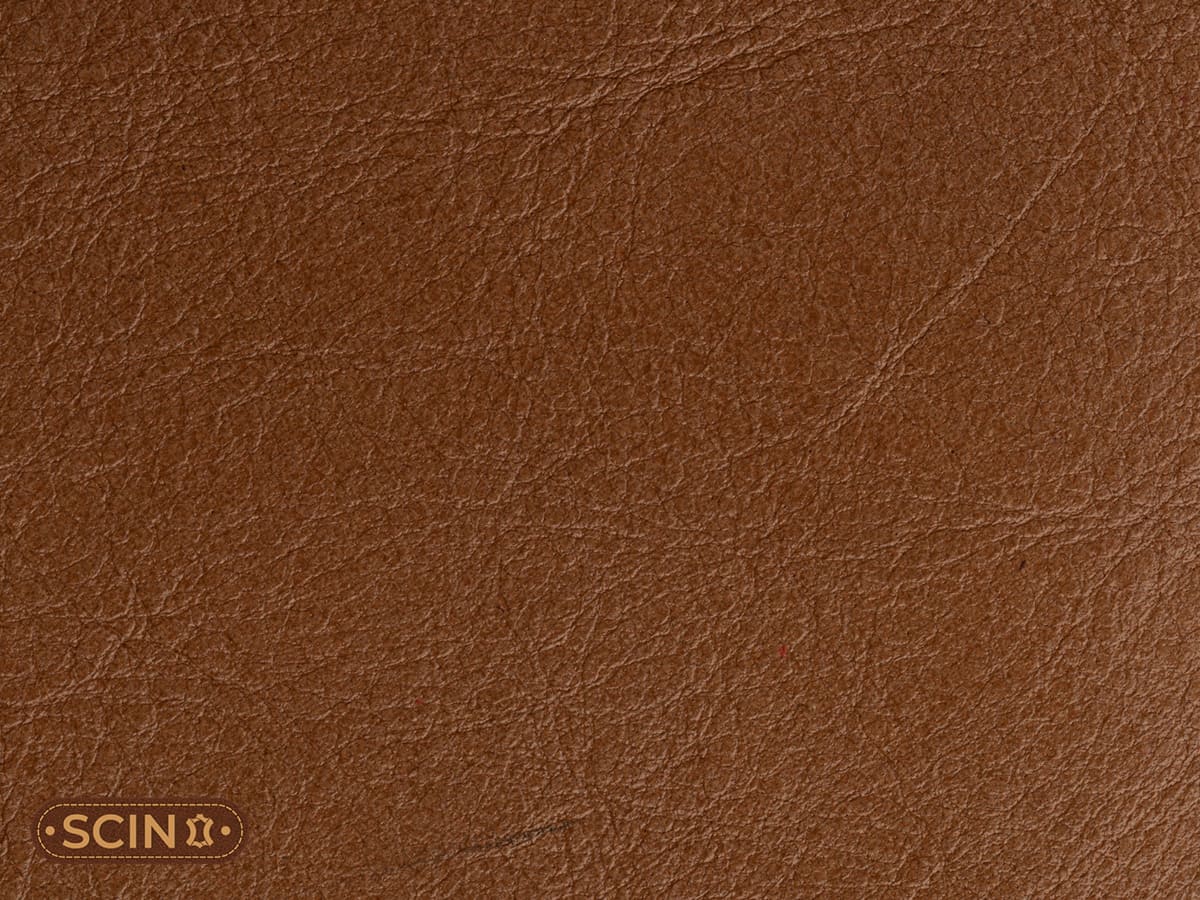
The outcome is a finer appearance yet weaker leather than full-grain. This leather is the most used in handbags, where a pristine look is appreciated. With its strength and beauty, it’s no wonder top-grain leather is so popular in the leather world.
Also read or blog: 8 Different Types of Leather Finishes
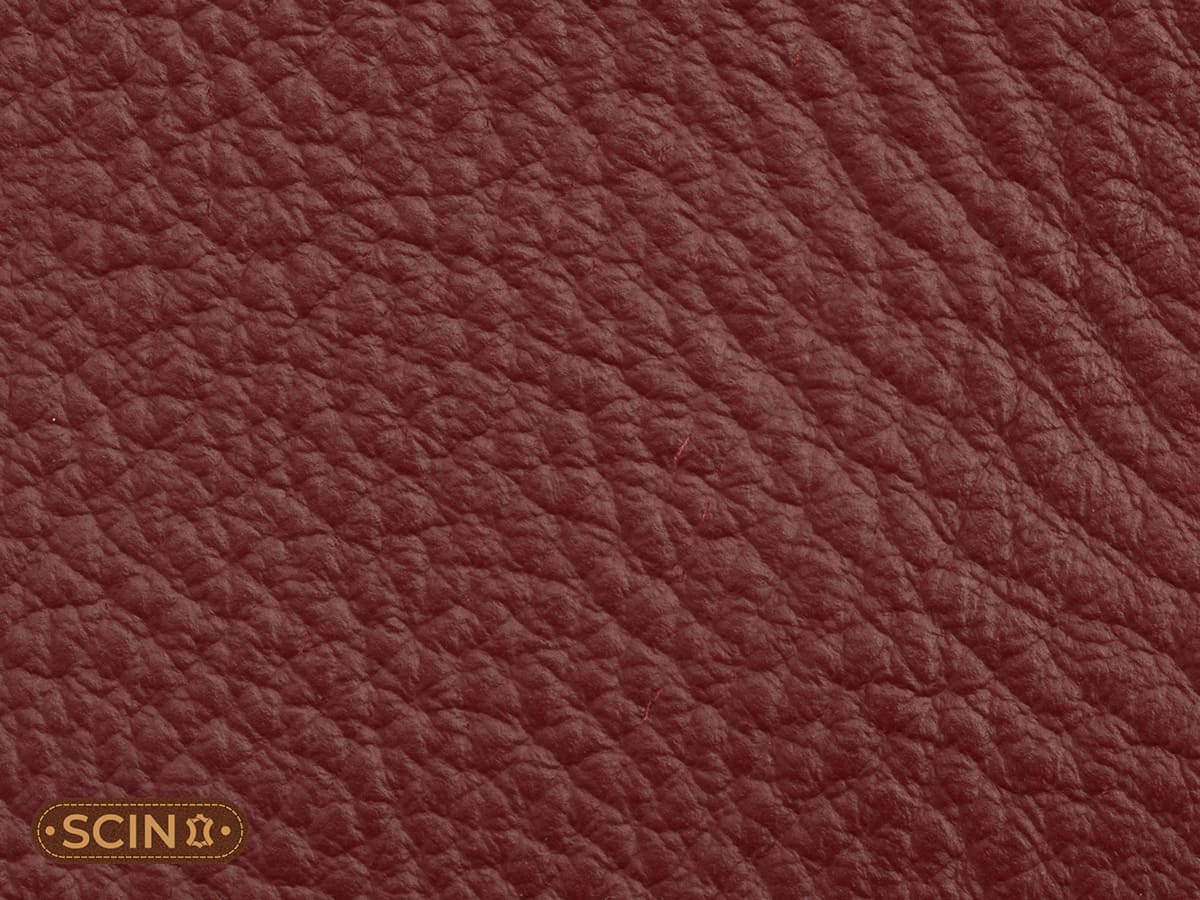
Full-grain leather
Full-grain leather is the top layer of the animal’s skin and shows off its beautiful imperfections. No sanding, snuffing, or buffing was performed to take out any imperfections or natural marks from its surface. With no grain removal, its fibers are durable and stable. As time goes on, Full Grain Leather gets a nice shine, like a fancy wine getting older. People want this kind of leather because they admire how it gets well with the arrival of patina over time.

Genuine Leather vs. Real Leather: What’s the Difference?
Genuine leather is a lower grade of leather consuming small portion of authentic leather, while real leather is a 100% authentic leather made from animal hide mostly of top-grain leather and full-grain leather.
Genuine leather is made from lower-quality layers of hide, which explains its affordability. On the other hand, real leather includes all grades, from low to high quality, offering a wide variety of prices and features.
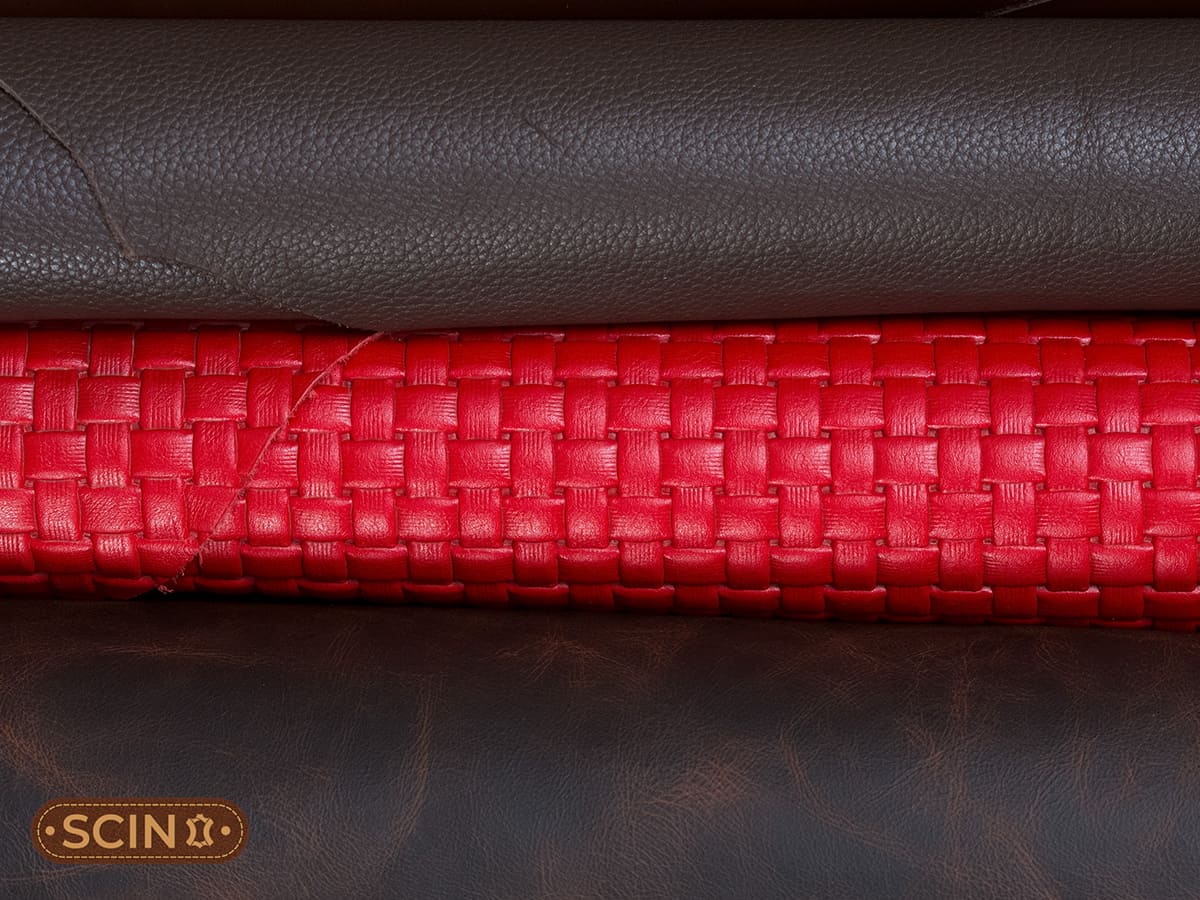
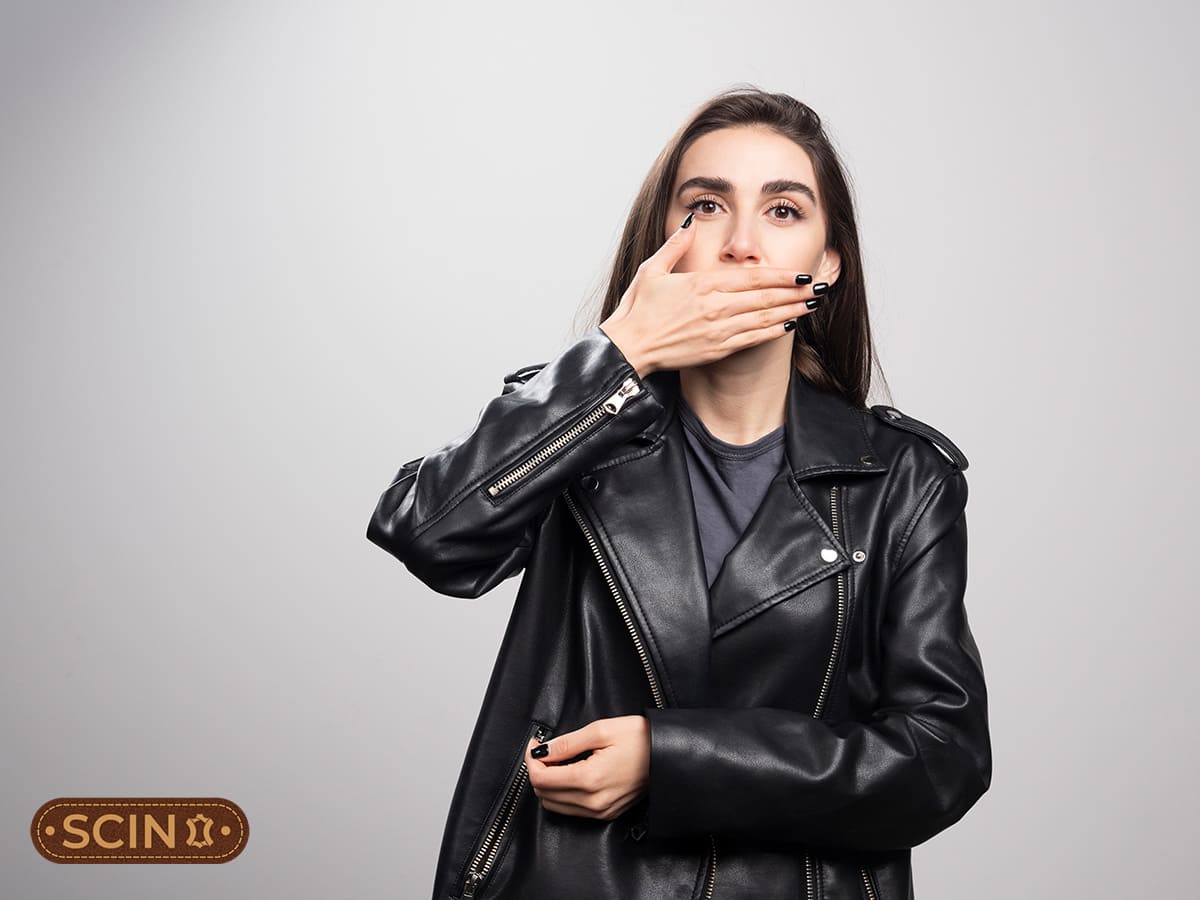
How to Identify Real Leather?
Knowing how to identify real leather, you are making sure that you always get your hands on the real leather and pay the price for the real leather instead of genuine leather. With these following steps, you can easily know what is real leather and what is genuine leather whenever you are out for shopping.
Smell
The rich, natural scent of real leather is unmatched by synthetic alternatives like genuine leather. Its earthy, unique aroma stands in stark contrast to artificial leather, which is often odorless or carries a faint plastic-like smell.

Surface Structure
Full-grain leather and top-grain leather naturally display blemishes such as wrinkles, scars, insect bites, or stretch marks, which signify authenticity and high quality. In contrast, genuine leather feature a uniform, machine-embossed grain pattern due to their synthetic production process.
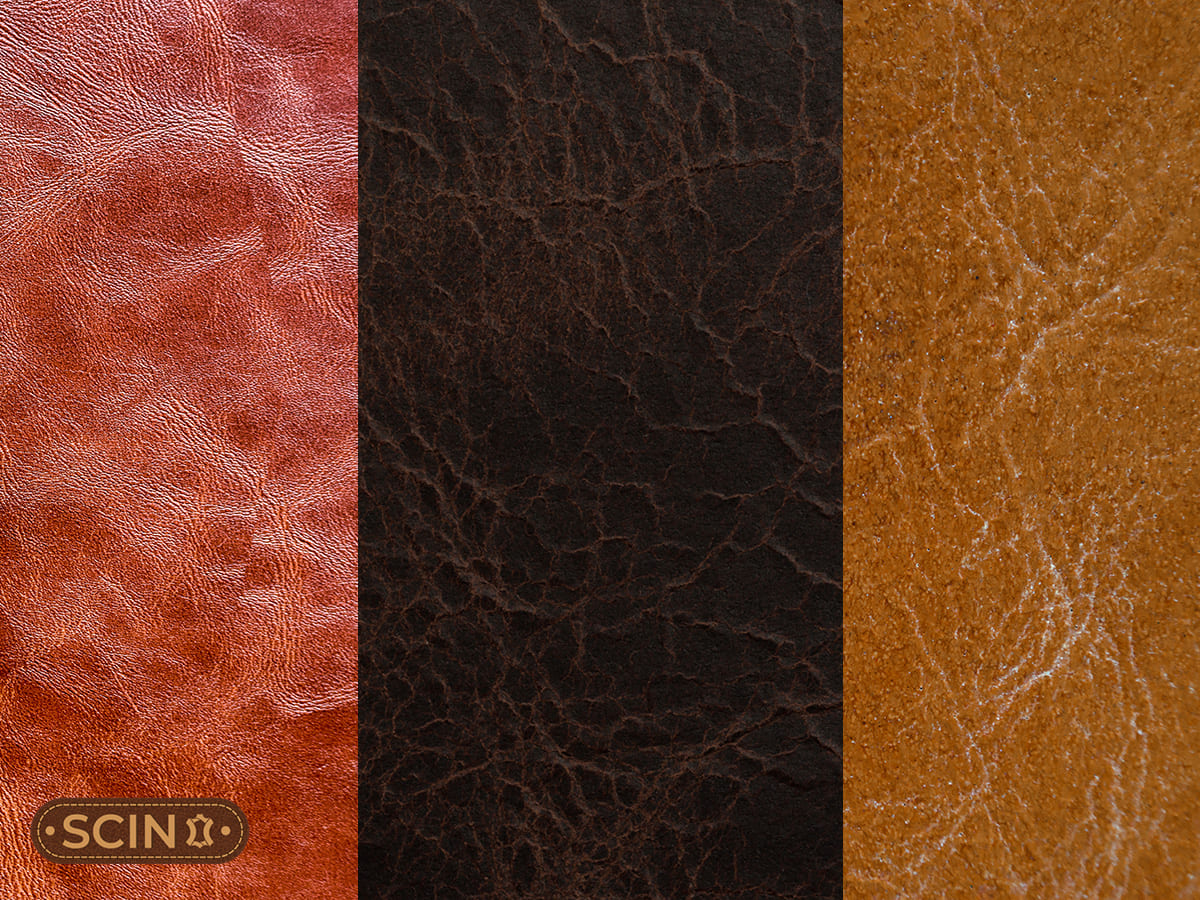
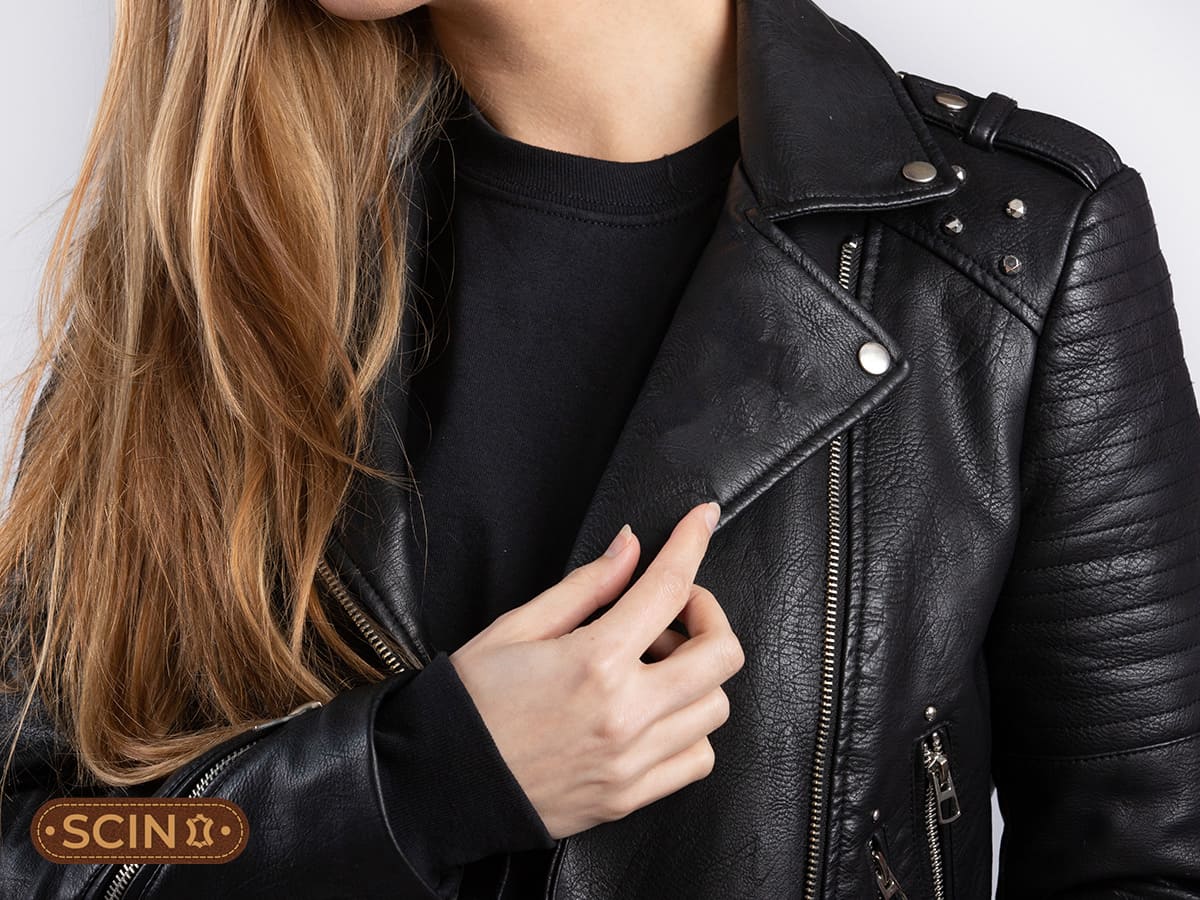
Touch
Real leather, particularly full-grain leather and top-grain leather, feels soft, supple, and natural, while genuine leather tends to feel colder, glossier, and more rigid to the touch.

Cutting Edges
Collagen in an animal’s skin makes the edges appear fibrous. In contrast, artificial leather features straight, uniform edges. However, identifying this difference can be difficult.
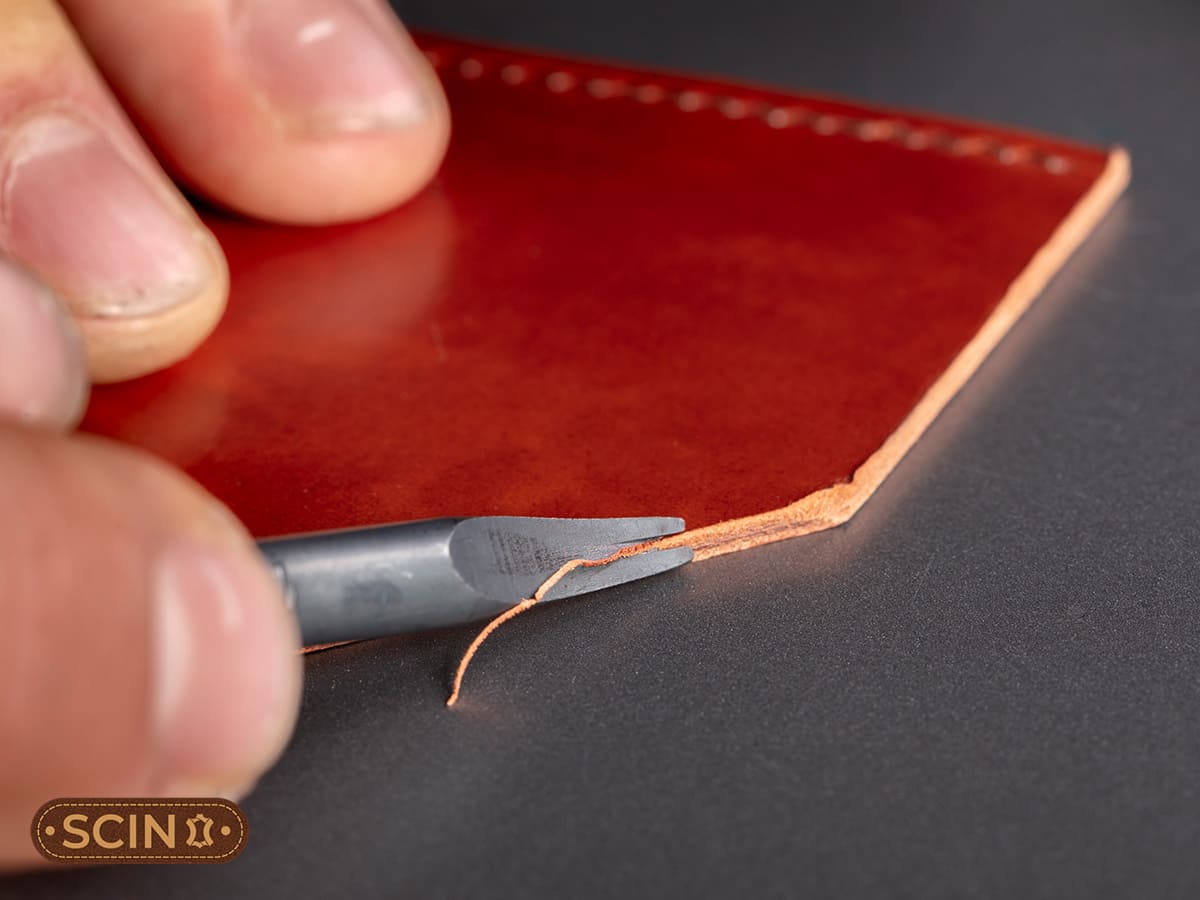
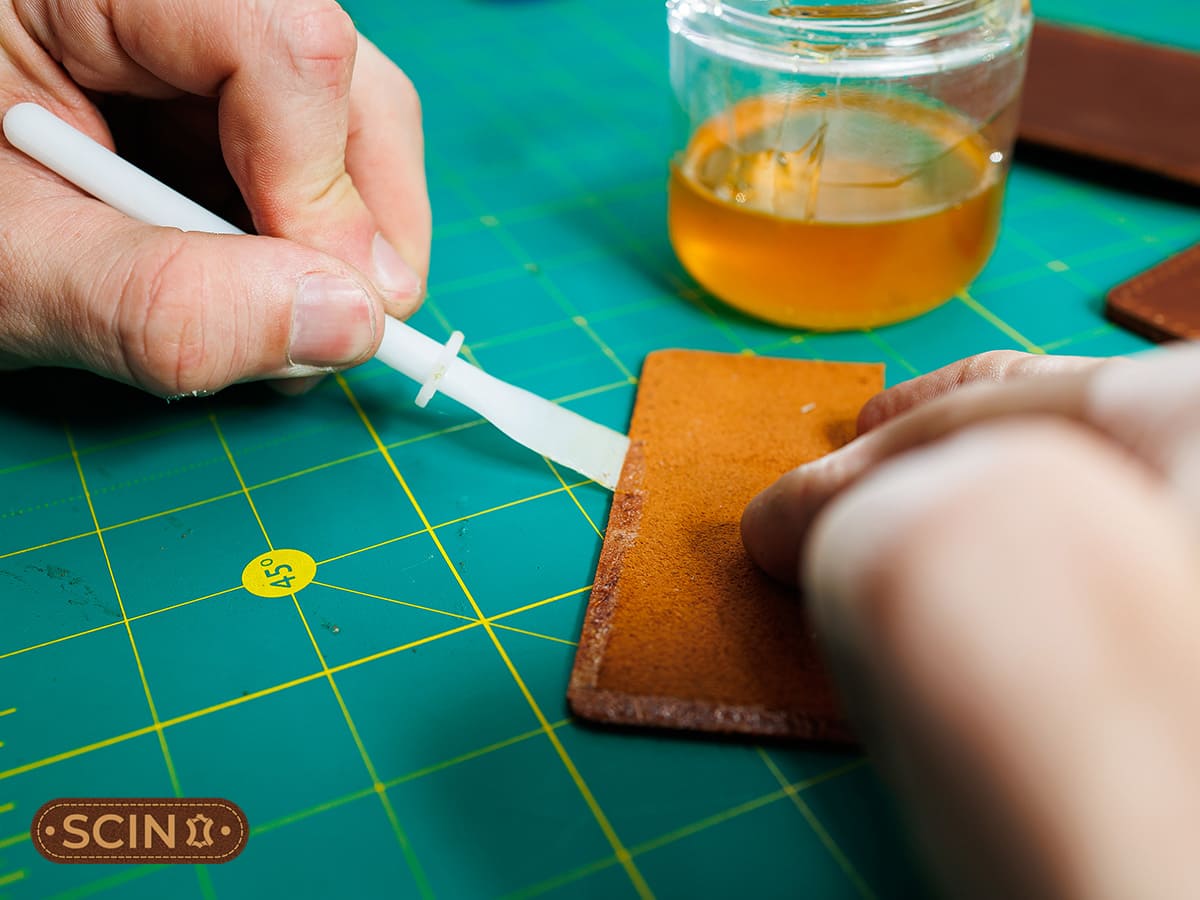
Oil & Water Test
Synthetic leather will repel the liquid whereas real leather will absorb it. Real leather, known for its open pores that readily absorbs fats, oils, and water. To evaluate its authenticity, apply a drop of oil or water to a discreet area and observe the reaction.

Patina
Over time, real leather undergoes a natural aging process known as patina, which is especially striking in full-grain leather. This transformation results in a rich, well-worn appearance and a deep enhancement of color. In contrast, artificial leather typically retains its original shade or exhibits minor fading but lacks the unique patina.
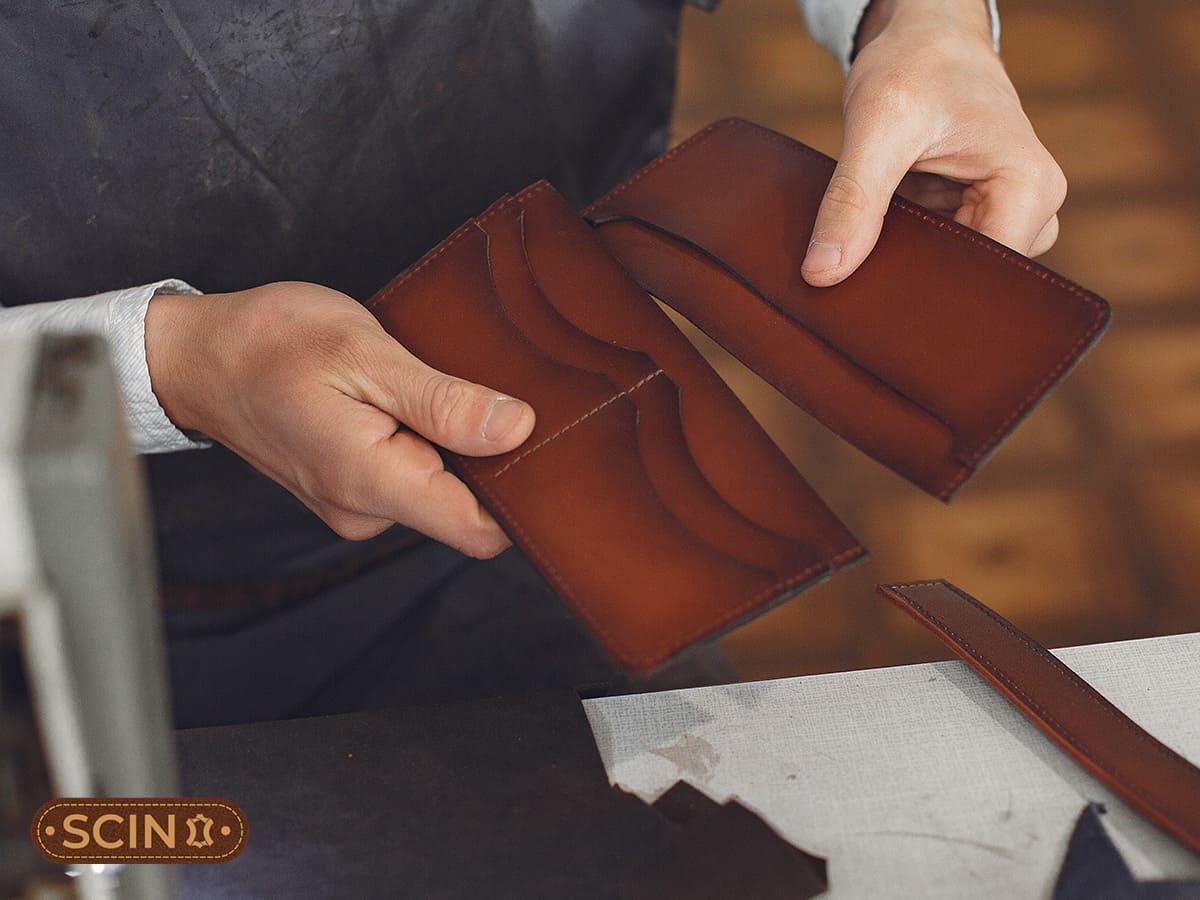
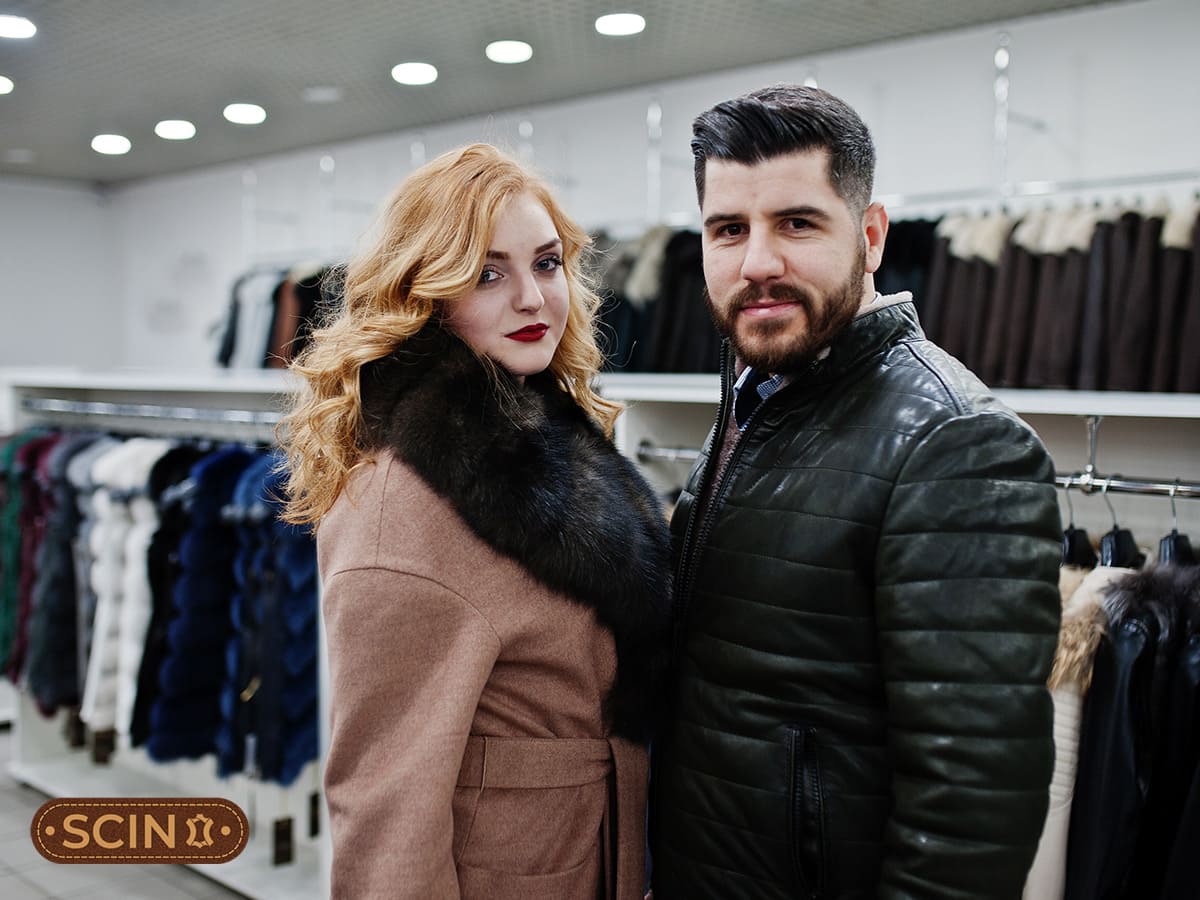
Pricing
While price is not the sole indicator of quality, real leather is generally more expensive than genuine. However, factors such as brand reputation can also influence the cost of leather products.
By evaluating these elements and adhering to certain guidelines, you can enhance your ability to identify genuine leather, leading to more informed purchasing decisions.

Leather from Different Sources
Learning about the different sources from what is real leather made of is another part of learning about ‘what is real leather’. The following are the sources of real leather:
Cowhide Leather
Cowhide leather is a tough and versatile leather particularly used in making cowhide leather jackets. Made from the skin of bovine animals, mainly cows, cowhide leather makes the best leather jackets and leather accessories. Regarded by its uncut form that maintains its original shape, cowhide go through chrome tanning, a practice that make sure its toughness and aptness for multiple uses.
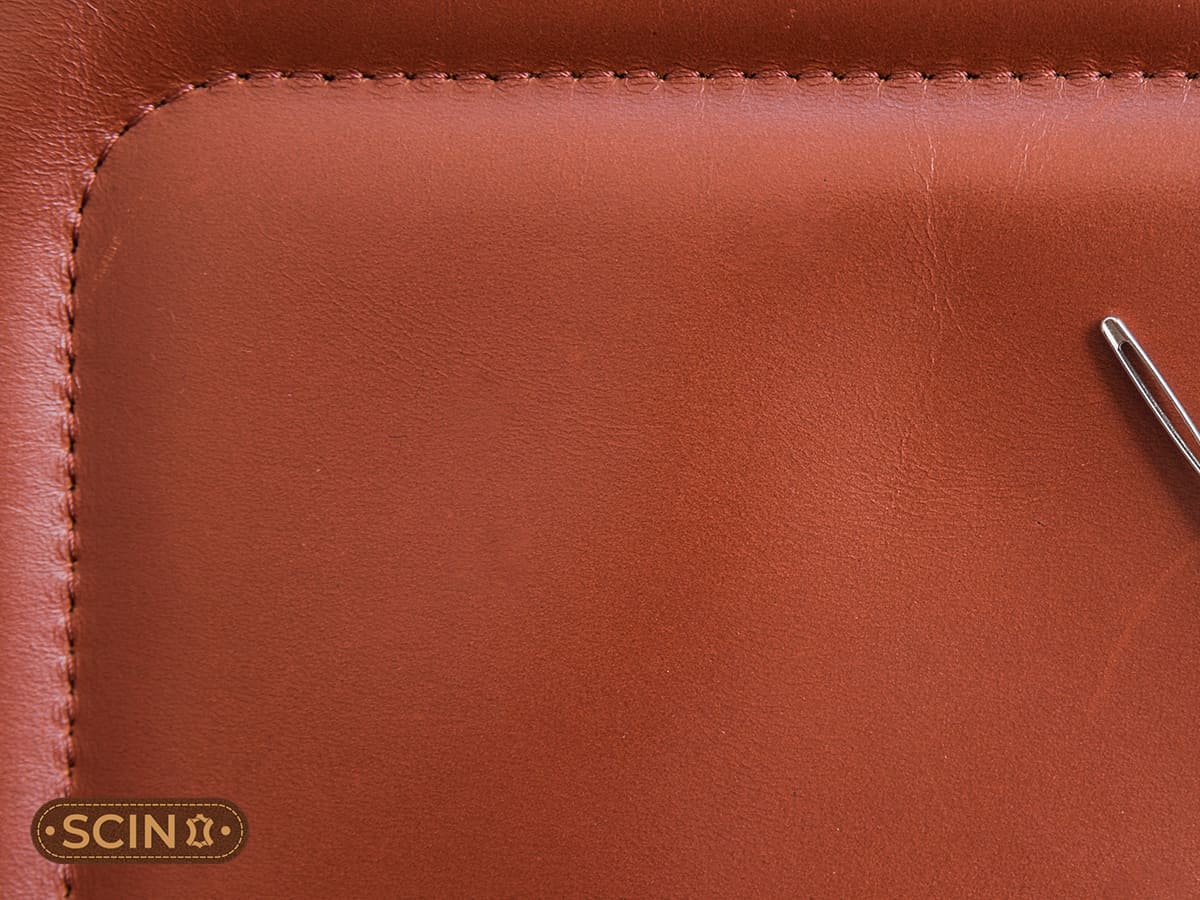
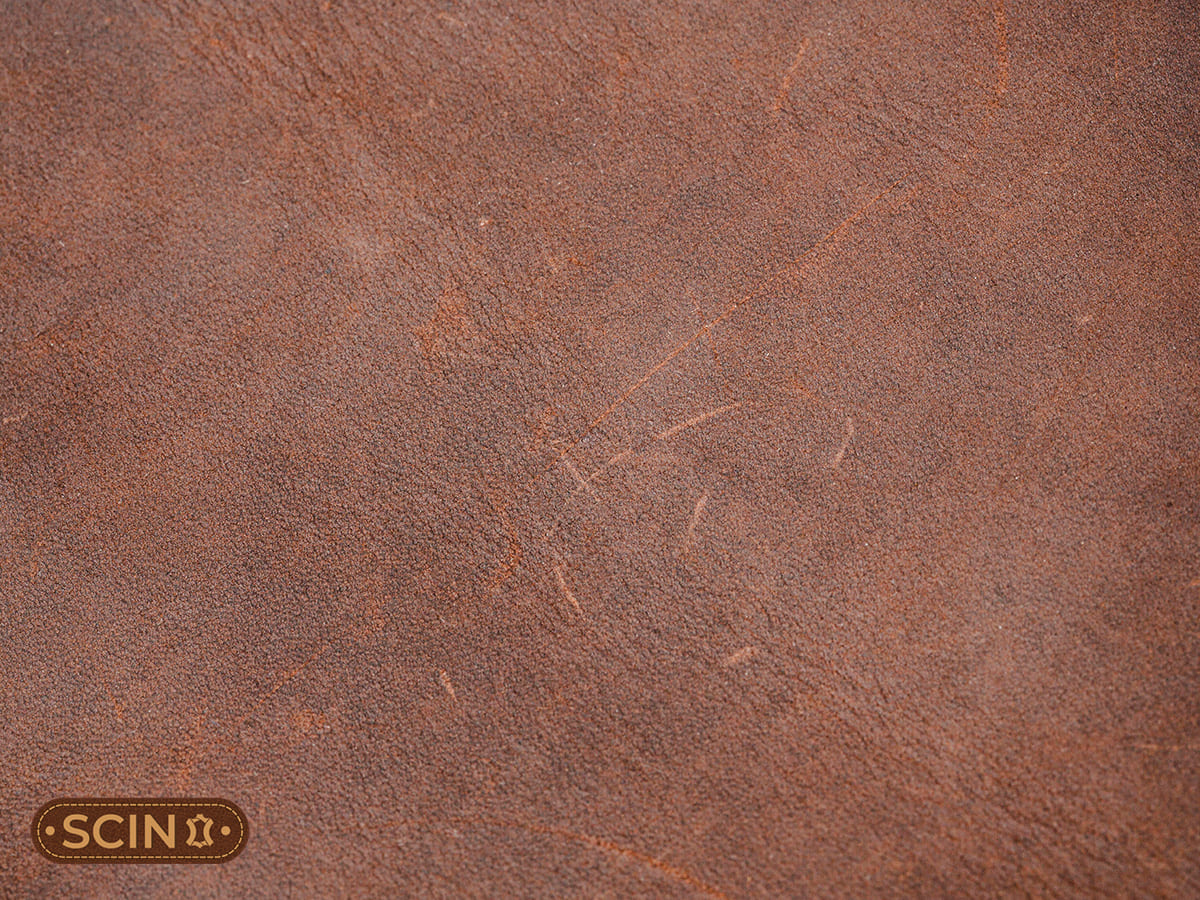
Horse Leather
Horse leather sourced from the hides of multiple horse species and speaks of luxurious and longevity. If you want something stiffer, resistant and durable, horse leather is a good choice. People use horse leather particularly to make gloves and horse gear.

Goat Leather
Sourced from goatskin also called Morocco leather, goatskin leather is a lightweight and thinner leather used for gloves, kid shoes or Kidskin and leather wallets. Goat leather is also highly tough and can handle rough use, therefore it is also used in the production of goatskin leather jackets, carpet binding and rugs (for example in Indonesia).
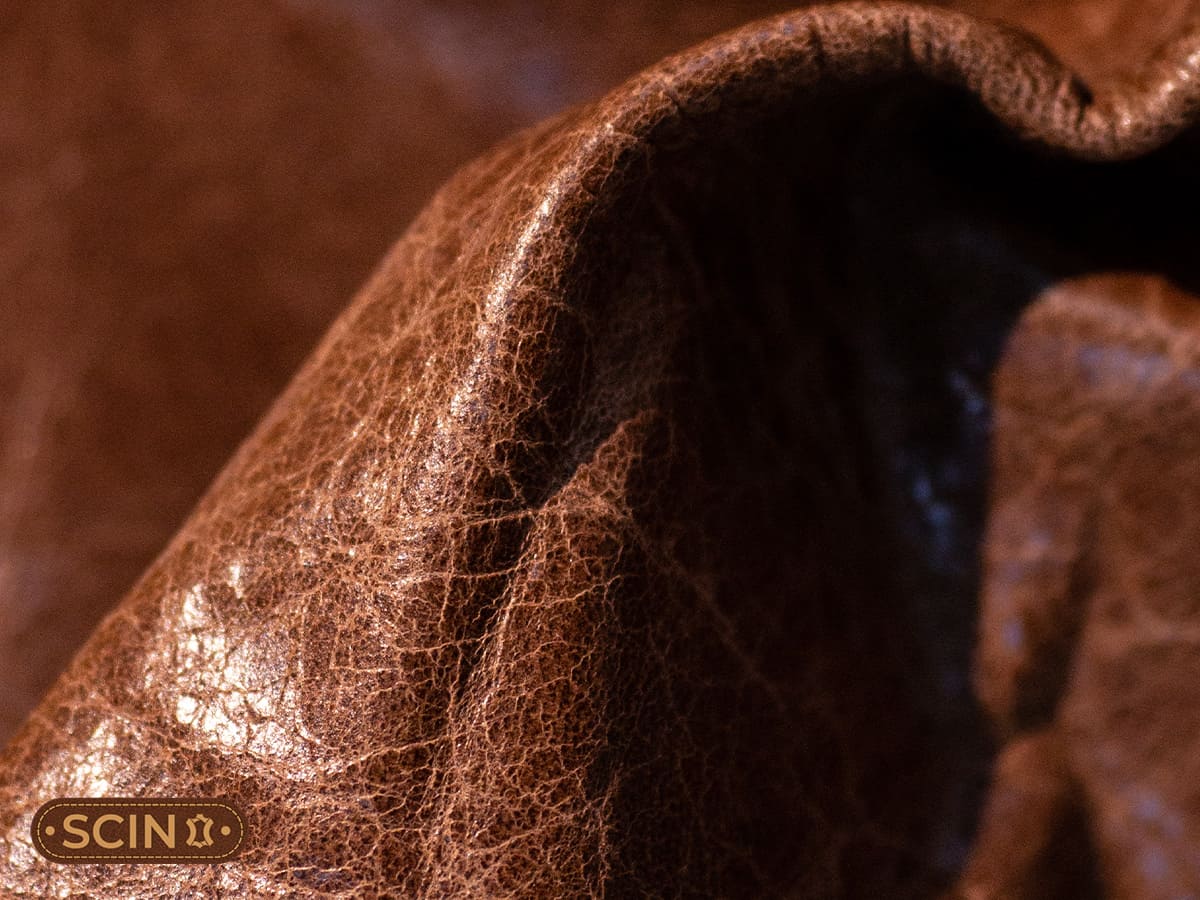
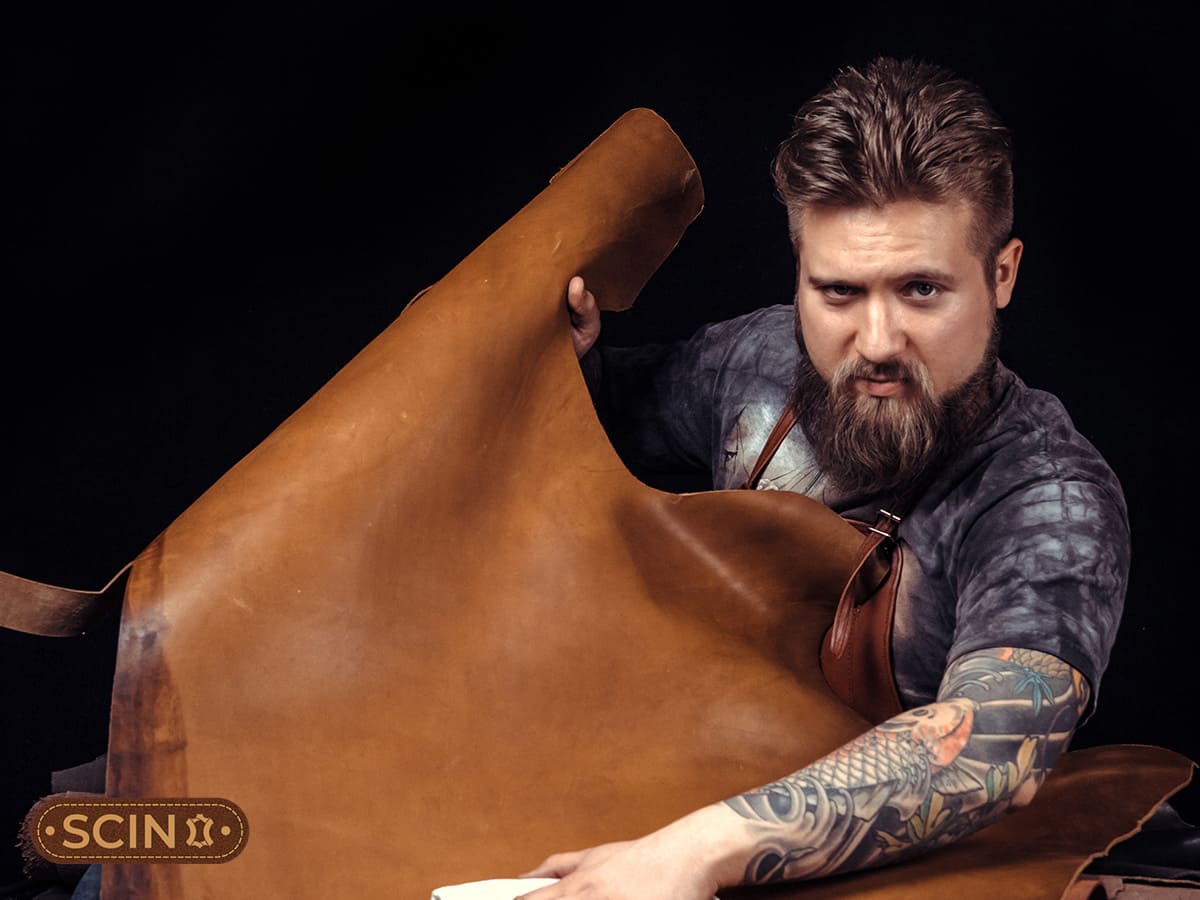
Real Leather Care and Maintenance
Taking good care of real leather can help it last longer and keep it original shape. Cleaning it regularly, using a conditioner to keep it soft, protecting it from spills, and storing it properly can make a big difference. By sticking to these habits, you can enjoy your leather items for many years without losing their charm.
Clean Regularly
To clean leather items like your leather jacket or leather wallet, gently remove dust using a soft cloth or a vacuum equipped with a soft brush attachment. For stains, opt for a mild soap or a cleaner specifically designed for real leather. Always perform a patch test on a small, inconspicuous area first to ensure the product is safe and won’t cause damage.

Condition Regularly
Regularly apply a leather conditioner to prevent dryness, cracking, and to maintain proper moisture levels. Choose a conditioner specifically formulated for your leather type, whether full-grain leather, split-grain, or top-grain leather, to ensure effective nourishment and protection. For best results, we recommend using Premium Leather Cream.
Also, read our blog: How to Condition a Leather Jacket?
Protect from Stains and Spillage
Protect your leather, particularly lighter shades, from stains and spills by applying a quality leather protector spray. This creates a protective barrier on the surface. For optimal results, carefully follow the manufacturer’s guidelines.
Also, read our blog: How to get Oil Stains out of Leather – A Detailed Guide
Store Properly
Taking care of your leather items such as leather jackets and leather wallet starts with storing them the right way. Keep them in a cool, dry spot, and try to avoid direct sunlight since it can make the leather fade or dry out over time. Instead of using plastic covers, go for breathable fabric ones so air can circulate properly.
Also, read our blog: How to Store Leather Jackets?